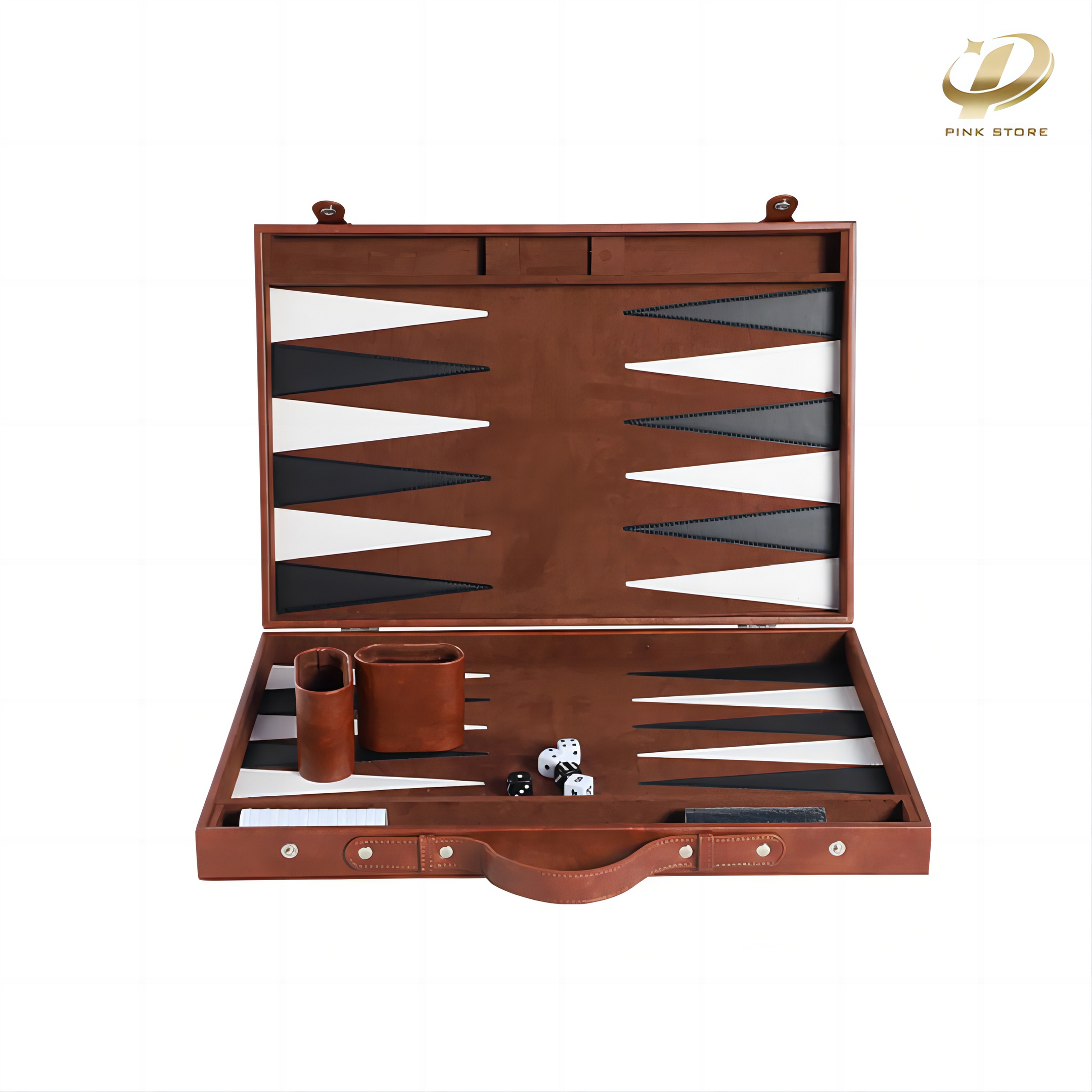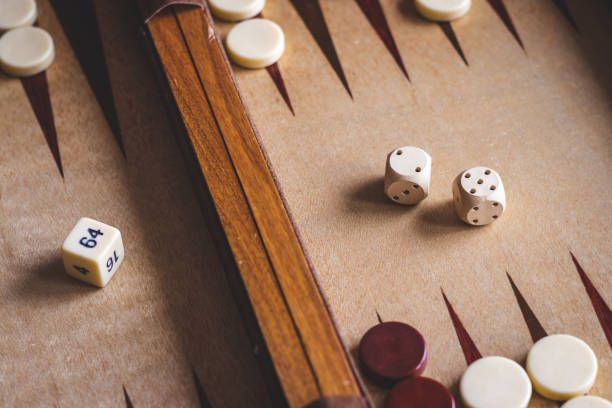
Get A Quote
What are the Pieces on a Backgammon Board Called?
Backgammon is one of the oldest known board games, combining elements of luck and skill. While many people enjoy playing backgammon, not everyone is familiar with the names of the pieces used in the game. Understanding these terms can enhance your playing experience and appreciation of this classic game. So, what are the pieces on a backgammon board called? Let's dive in and explore the fascinating world of backgammon terminology.
Understanding the Backgammon Board
Before we delve into the specific pieces, it's essential to have a basic understanding of the backgammon board itself. The backgammon board is divided into four quadrants, each containing six triangular points. These points are numbered from 1 to 24, with 1 being the point closest to the player and 24 being the farthest. The board is usually split into two sides, with a bar in the middle separating the home and outer boards for each player.
The Checkers or Men
The most fundamental pieces on a backgammon board are the checkers, also known as men. Each player starts with 15 checkers, which are typically black and white or sometimes other contrasting colors. These checkers are used to move around the board according to the roll of the dice. The primary objective is to move all your checkers into your home board and then bear them off before your opponent does.
The Doubling Cube
Another unique element in backgammon is the doubling cube. Although not a piece that moves on the board, it plays a crucial role in the game's strategy. The doubling cube is a die with the numbers 2, 4, 8, 16, 32, and 64. It is used to increase the stakes of the game. At the start of the game, the cube is placed in the middle with the number 64 facing up, indicating the initial value of the game is one point. Players can propose to double the stakes, and the opponent must either accept the new stakes or concede the game.
The Dice
In addition to the checkers and the doubling cube, the dice are essential components of backgammon. Each player has two six-sided dice used to determine the movement of their checkers. The roll of the dice introduces an element of chance, making each game unique and exciting. Players must strategically use the numbers rolled to advance their checkers and block their opponent's moves.
What are the Points on a Backgammon Board Called
The triangular points on a backgammon board are critical to gameplay. Each player has 24 points, 12 on each side of the board. The points are often referred to by their numbers, but their arrangement and function can be described more specifically.
Home Board and Outer Board
The backgammon board is divided into the home board and the outer board. The home board, also known as the inner board, is the side where a player aims to move all their checkers before bearing off. Conversely, the outer board is the area where the checkers start and move through before entering the home board. Understanding the distinction between these two sections is vital for effective strategy and gameplay.
Bar Point and Midpoint
Two specific points on the backgammon board have special names: the bar point and the midpoint. The bar point is the seventh point from the end of the board, which is a strategic location for blocking an opponent's checkers. The midpoint, located in the middle of the board (13th point), is another crucial position often used as a safe place to keep checkers before advancing them further.
How to Use the Pieces Strategically
Knowing what the pieces on a backgammon board are called is just the beginning. To master the game, it's essential to understand how to use these pieces strategically.
Moving the Checkers
The movement of the checkers is dictated by the roll of the dice. Each number on the dice represents a move of one or more checkers. For example, if you roll a 3 and a 5, you can move one checker eight points, or two checkers, one three points and the other five points. Doubling numbers (e.g., rolling a pair of threes) allow you to move four times the number shown.
Bearing Off the Checkers
Once all your checkers are in your home board, you can start bearing them off. This process involves removing your checkers from the board based on your dice rolls. The goal is to be the first player to bear off all your checkers, winning the game. Efficiently bearing off your checkers requires planning and careful management of your moves.
Using the Doubling Cube
The doubling cube adds a layer of complexity and excitement to backgammon. Players can propose doubling the stakes at any point during the game. If your opponent accepts, the game's value is doubled, but if they decline, they forfeit the game. Strategic use of the doubling cube can significantly impact the outcome of a match.
Advanced Strategies and Tips
While understanding the basic terminology and rules is crucial, mastering backgammon involves learning advanced strategies and tips.
Blocking and Anchoring
Blocking your opponent's checkers and creating anchors (points occupied by two or more of your checkers) can disrupt their strategy and give you a tactical advantage. Blocking prevents your opponent from moving their checkers past your block, while anchors provide safe points for your checkers, reducing the risk of being hit.
Hitting and Entering
Hitting is the act of landing on a point occupied by a single opponent's checker, sending it to the bar. The checker must then be re-entered into the opponent's home board before they can move it again. Successfully hitting and re-entering checkers can drastically alter the flow of the game.
Prime Building
Building a prime, a sequence of six consecutive occupied points, is one of the most effective strategies in backgammon. A prime blocks your opponent's checkers from advancing, forcing them to wait until the prime is broken. This strategy can create significant opportunities to bear off your checkers while your opponent is stuck.
Conclusion
Backgammon is a game rich in history and strategy, with a unique set of pieces and terms that enhance the playing experience. Knowing what the pieces on a backgammon board are called, such as checkers, the doubling cube, and the specific points, can deepen your understanding and enjoyment of the game. Whether you're a beginner or an experienced player, mastering these elements and employing strategic moves will make your backgammon games more engaging and competitive.
If you're looking to expand your collection of backgammon sets or other board games, Pinkstore is your go-to destination. As a leading bulk board games wholesale provider, Pinkstore offers a wide variety of high-quality backgammon sets and accessories at competitive prices. Whether you're a retailer, event organizer, or simply a backgammon enthusiast, Pinkstore has everything you need to enhance your gaming experience. Visit Pinkstore today to explore our extensive selection and take your backgammon game to the next level. Happy playing!


